How should cooked coffee beans be stored? History of Guatemalan Coffee Development Flavor of washed bourbon Coffee beans
Guatemalan coffee has always been an important part of Qianjie coffee. Since the beginning of Qianjie, there have been 14 kinds of Guatemalan coffee. Different producing areas have different flavors and very similar flavor characteristics. Some time ago, in front of the street coffee activities, I believe you saved a lot of coffee beans, right? Worried about not having enough to drink? You can buy some more after reading this article. Today's popular science knowledge is only for roasted cooked coffee beans.
How to keep your coffee beans fresh and lively until the last cup?
wholly intact
The best way to store coffee is to store it in the bag it comes in. When roasting coffee, gases (mainly carbon dioxide) are formed inside the beans and need to be discharged. Most coffee bags are designed with an exhaust valve to remove the gas and keep the air out of it.
Stay away from the light
Sunlight can age the coffee. It is recommended to keep the coffee in an opaque place and keep it dry.
Buy whole coffee beans
Because ground coffee powder will lose freshness much faster than whole bean coffee. Only grinding coffee beans before brewing will maximize the freshness of the coffee.
Try not to put the coffee in the refrigerator, the roasted coffee is very porous and will absorb the moisture and odor in the refrigerator and freezer, affecting the integrity of the coffee flavor.
Roasted coffee begins to lose its subtle luster after about two weeks of roasting. I suggest buying coffee that can be finished in two to three weeks. So let's do what we can! Moderate consumption, ah, hey, the activities in Qianjie will be constantly updated, and if you keep paying attention, you can keep pulling wool!
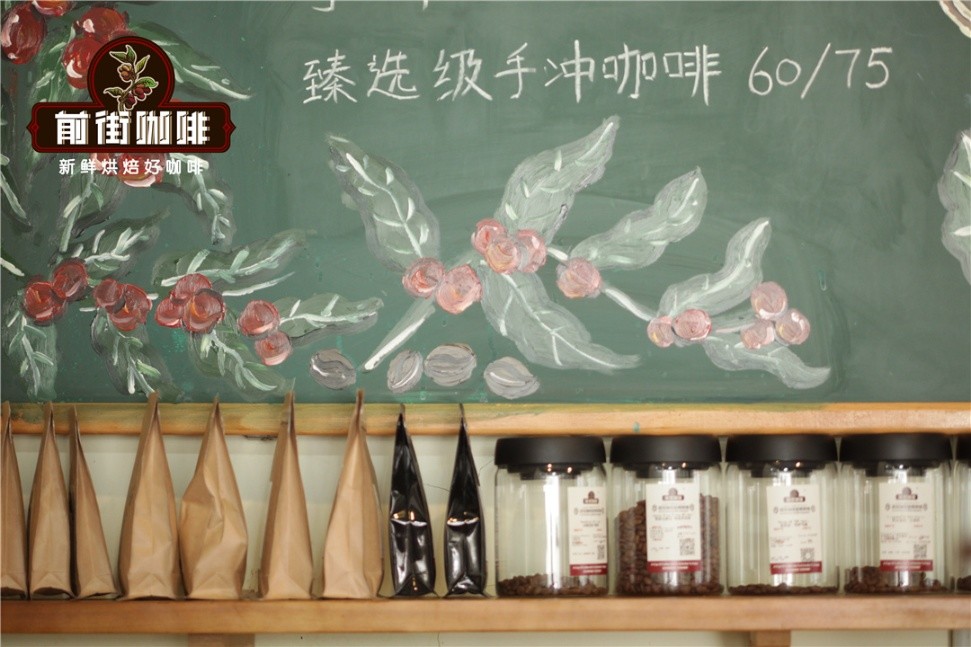
In case you don't study hard, let's review the knowledge about Guatemalan coffee beans:
Position in the world as a coffee exporter (19gam20):
10 October
Annual export of gunny bags (60kg) (19pe20):
About 3613000
Percentage of the world coffee market:
2.5%
Export of other major agricultural products:
Bananas, sugar, spices
Typical varieties of production:
Bourbon, Kaddura, Katuai, Tippika, Marago Gippe, Patch and Pakamara
Major coffee producing areas:
Antigua, Acatenango, Atitl á n, Cobb á n, Huehuetenango, Faijanes, San Marcos and Nuevo Oriente a
Typical harvest time:
November to April
Generally available:
From April
Coffee has powered the Guatemalan economy for more than a hundred years. Today, an estimated 125000 coffee producers drive Guatemala's coffee industry, and coffee remains one of Guatemala's main exports, accounting for 40 per cent of all agricultural export earnings.
It is most likely that Jesuit missionaries introduced coffee to Guatemala, and there are coffee accounts that are growing in the early and middle of the 18th century. Nevertheless, in neighboring El Salvador, coffee not only became an important export crop for the emergence of the national synthetic dye and textile industry-the middle of the 19th century. Throughout the second half of the 1800s, various government plans attempted to use coffee as a means of stimulating the economy, including a massive land privatization program launched in 1871 by President Hustol Rufino Barrias (Justo Rufino Barrias), which led to the creation of large coffee estates, many of which still produce some of the best coffee in Guatemala today.
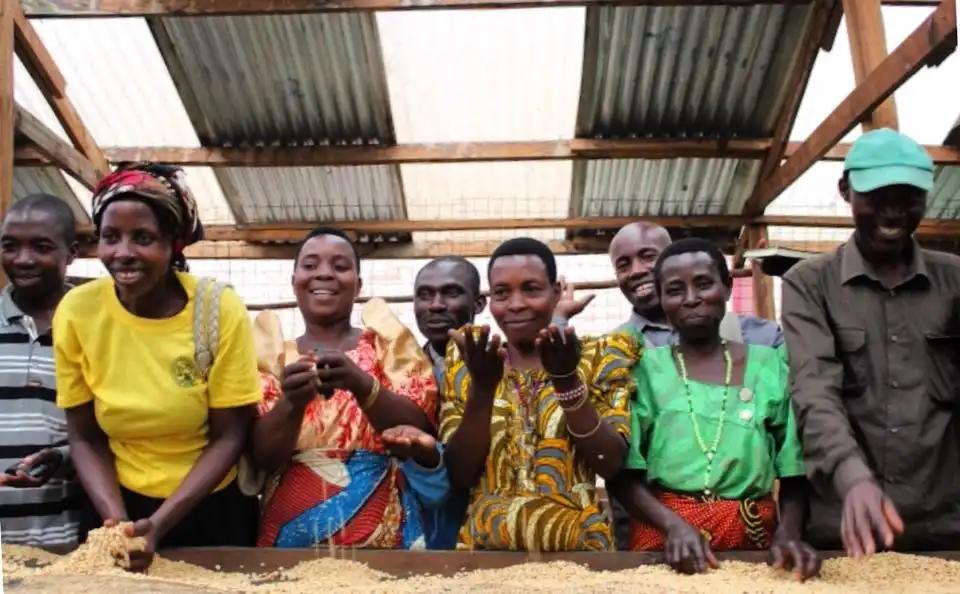
Today, coffee is grown in 20 of Guatemala's 22 provinces, covering an area of about 270000 hectares, almost all of which (98 per cent) are grown in shade. The country's production is almost entirely Arabica coffee, the most common is the use of washing methods, although natural and various semi-washing methods are becoming more and more popular, and more and more excellent examples are produced.
Most of the 14 Guatemalan coffee beans from Qianjie are washed beans. Vivette Nanguo's washed bourbon coffee is of good quality. The entrance is acidity of citrus and berries, with nutty aromas in the middle, and the aftertaste of tea adds a certain layer to him.
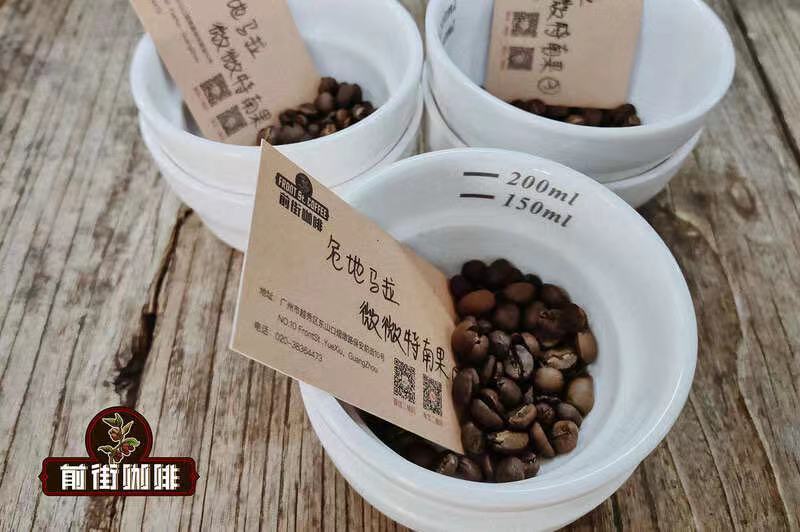
Guatemala benefits from high elevations and up to 300 unique microclimates. Most areas and mineral-rich soils have continuous rainfall. However, while the country's reputation as a boutique coffee producer is excellent today, the road has not been smooth. The long and bloody civil war in Guatemala (1960-1996) disrupted the lives of millions, eroded the economy, exacerbated poverty and created the social and political instability that still afflicts the country today. Coffee production really stabilized and began to increase at the turn of the century, replacing macadamia nut and avocado production in many areas.
Important Notice :
前街咖啡 FrontStreet Coffee has moved to new addredd:
FrontStreet Coffee Address: 315,Donghua East Road,GuangZhou
Tel:020 38364473
- Prev
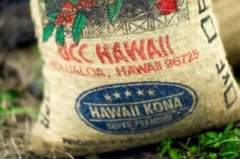
Kona, why is coffee so expensive? Coffee Bean Cup Test report of Queens Manor, Hawaii for three reasons
Compared with other coffee, Hawaiian coffee is relatively expensive. The main reason for this is labour costs: coffee picking is a very labour-intensive process, and farm workers in Hawaii are paid much more than farmers in Guatemala or Ethiopia (which is a good reminder to buy fair-trade coffee as much as possible). As this coffee farmer from Oshima
- Next
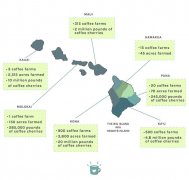
Hawaiian Coffee Bean producing area introduces Kona Coffee Flavor and Taste description Starbucks selects Kau Coffee?
Although Kona Coffee is still the most famous Hawaiian coffee export in history, there is no denying that some new coffee growing areas have emerged. As the focus of agriculture has shifted from sugar to coffee, more and more small coffee farmers have emerged. Let Qianjie introduce the new producing areas of Hawaiian coffee one by one. Although Kona started with the most famous coffee cultivation in Hawaii.
Related
- Detailed explanation of Jadeite planting Land in Panamanian Jadeite Manor introduction to the grading system of Jadeite competitive bidding, Red bid, Green bid and Rose Summer
- Story of Coffee planting in Brenka region of Costa Rica Stonehenge Manor anaerobic heavy honey treatment of flavor mouth
- What's on the barrel of Blue Mountain Coffee beans?
- Can American coffee also pull flowers? How to use hot American style to pull out a good-looking pattern?
- Can you make a cold extract with coffee beans? What is the right proportion for cold-extracted coffee formula?
- Indonesian PWN Gold Mandrine Coffee Origin Features Flavor How to Chong? Mandolin coffee is American.
- A brief introduction to the flavor characteristics of Brazilian yellow bourbon coffee beans
- What is the effect of different water quality on the flavor of cold-extracted coffee? What kind of water is best for brewing coffee?
- Why do you think of Rose Summer whenever you mention Panamanian coffee?
- Introduction to the characteristics of authentic blue mountain coffee bean producing areas? What is the CIB Coffee Authority in Jamaica?

